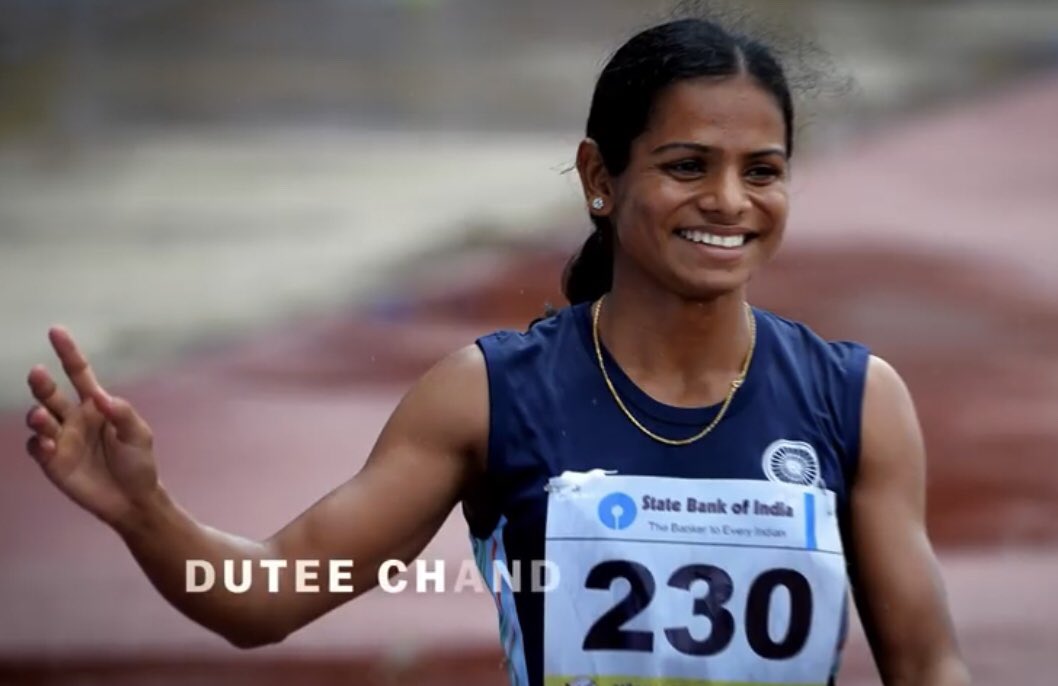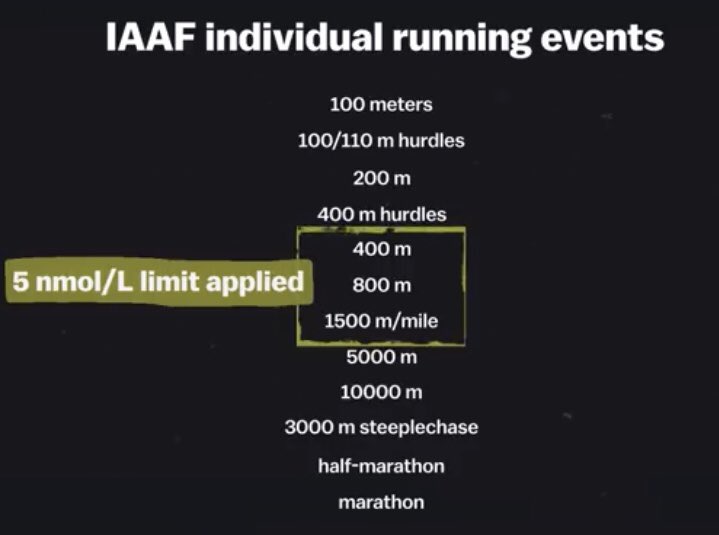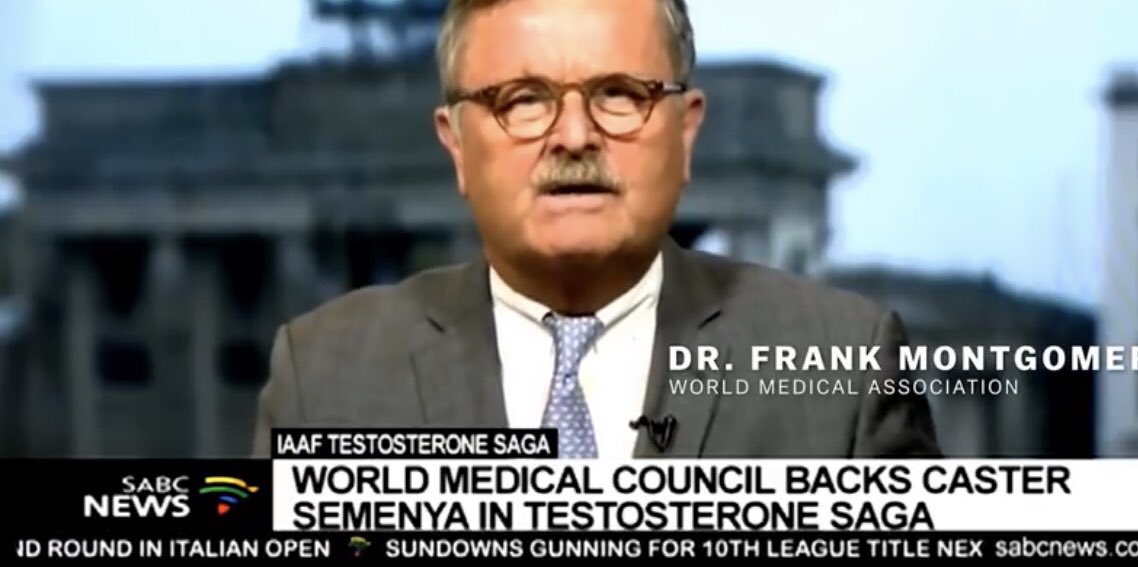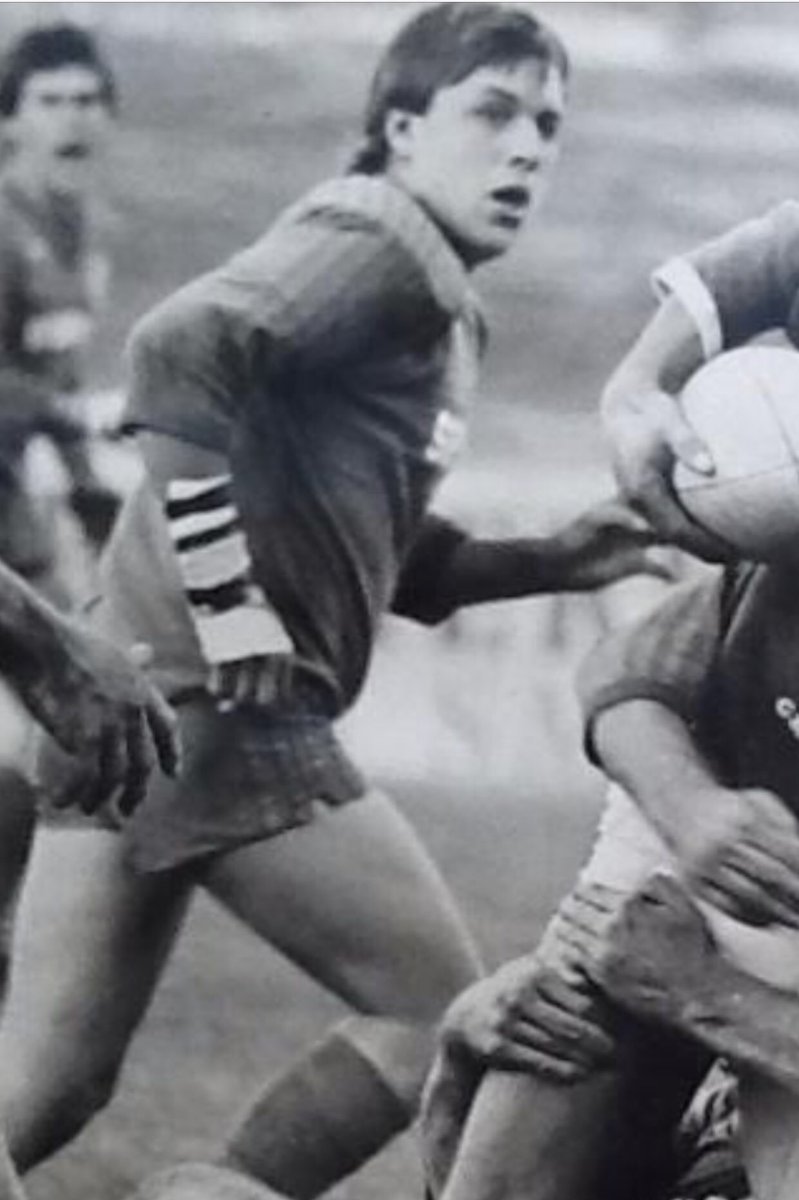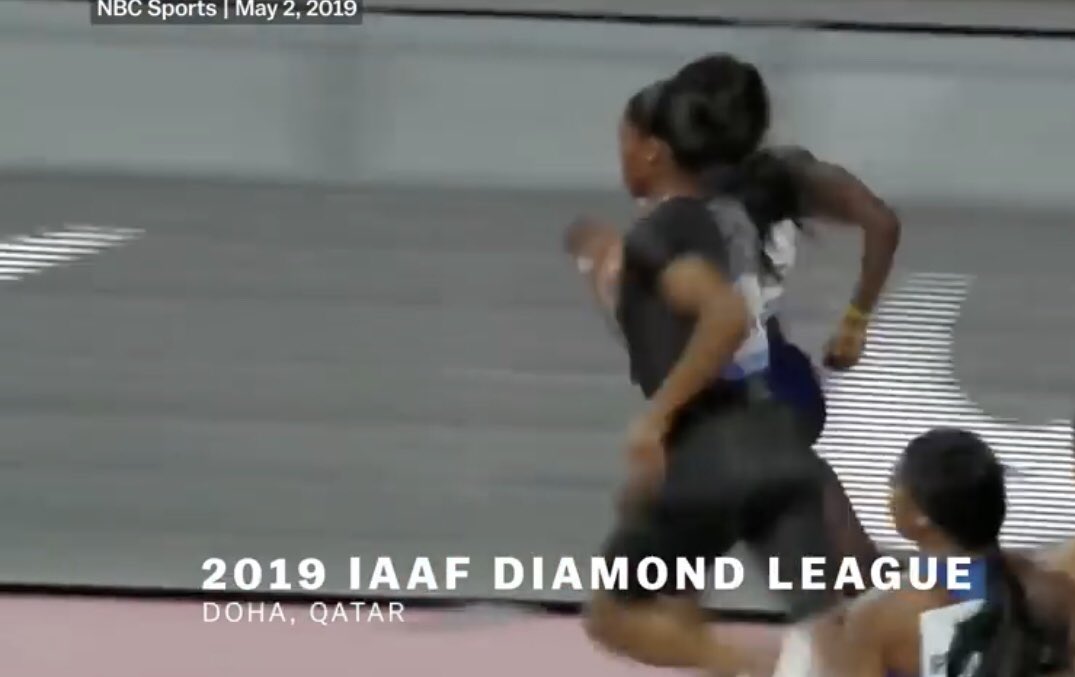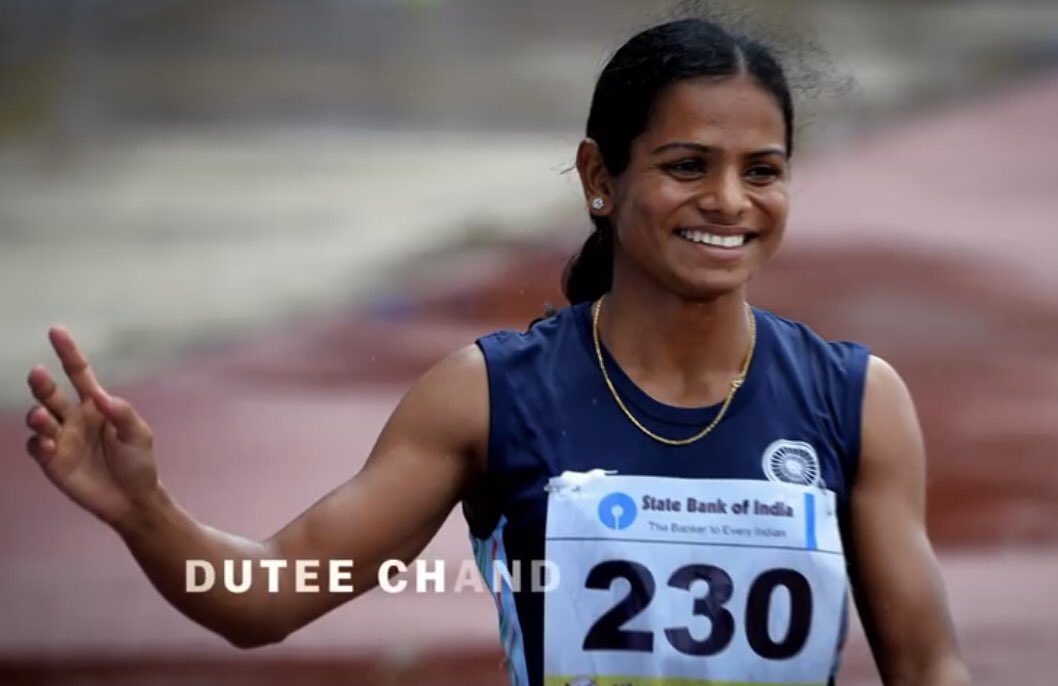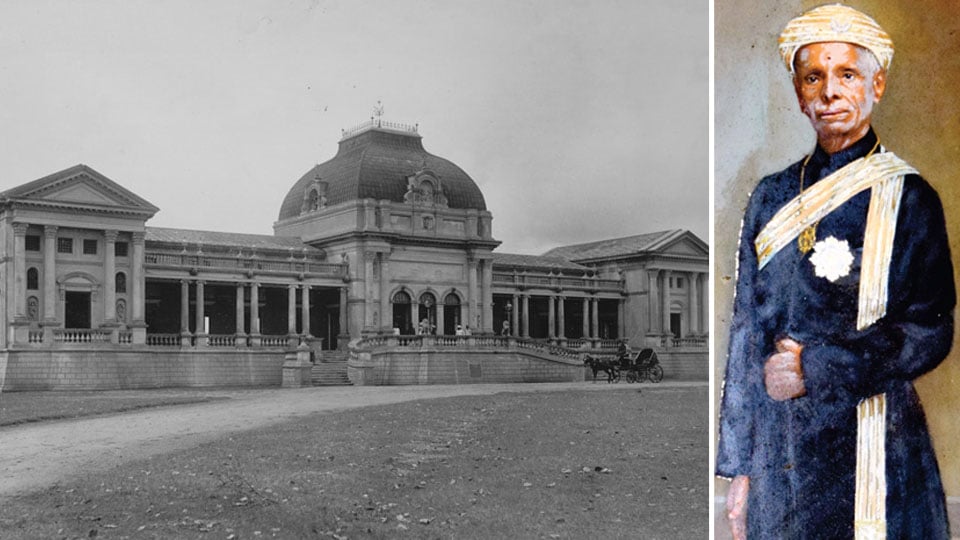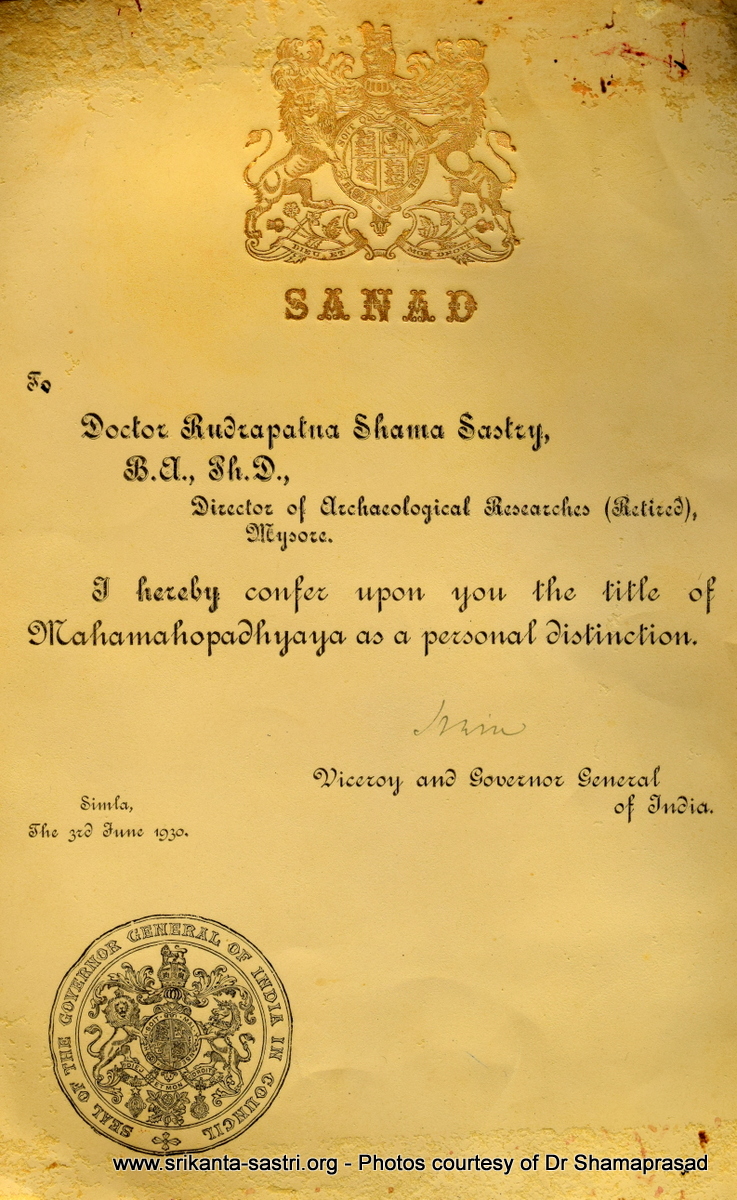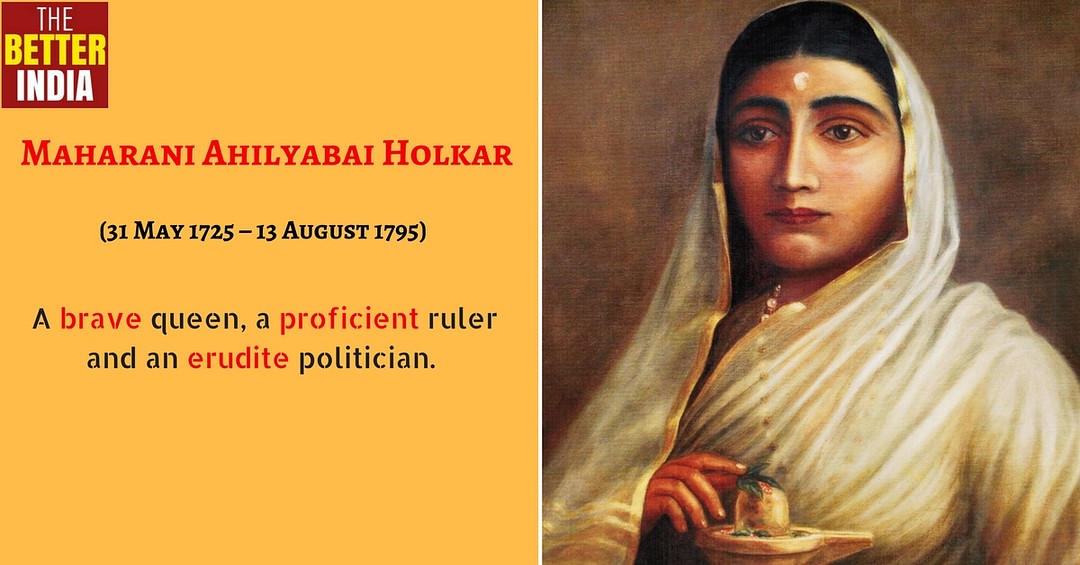Rudrapatnam Shamashastry – The #Mahamahopadyaya who discovered Chanakya’s Arthashastra.
On his Jayanti a tribute to the legendary #Kannadiga who proved Bharatiya Civilization had robust Ancient Political & Economic policy & not copied from Greek as Europeans claimed.
Let us
begin His-tory whose Literary Works gives Goosebumps to every Bharatiya.
R Shamashastry’s modern translation of Arthashastra is a prescribed text at Harvard, Yale and Oxford for students of Political Science, International Relations and Economics today.
Until this discovery, the
the Arthashastra was known only through references to it in works, including those by Dandin, Bana, Vishnusarma, Mallinathasuri, Megasthenes, as well as others. This discovery was "an epoch-making event in the history of the study of ancient Indian polity".
It altered the
perception of Ancient Bharath and changed the course of history studies, notably the false belief of European scholars at the time that Indians learnt the art of administration from the Greeks.
Shamasastry received a Ph.D Citation from Oriental University of Washington in 1919
and the Campbell Memorial Gold Medal from the Royal Asiatic Society, Mumbai Chapter, in 1921. Krishna Raja Wadiyar IV conferred on him the title “Arthashastra Visharada” in 1926 while the Viceroy and the Governor General of India conferred the title “Mahamahopadyaya” in 1930.
